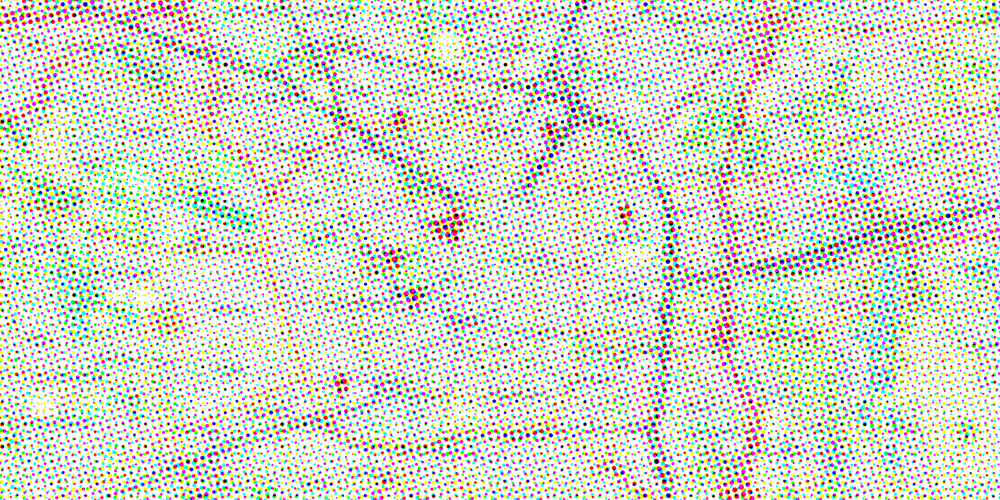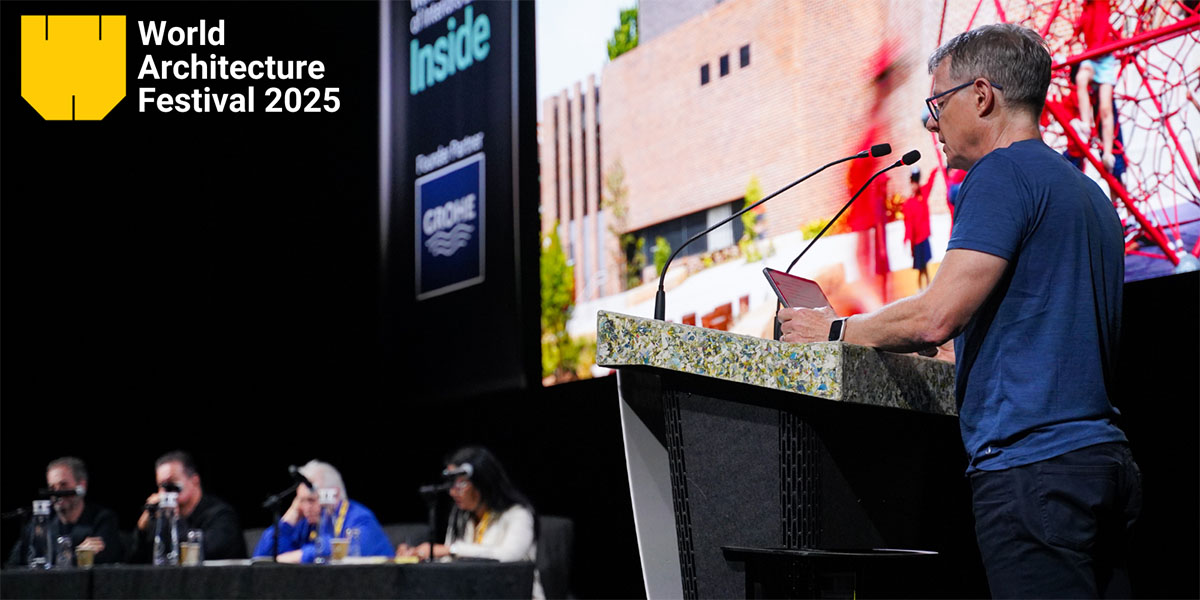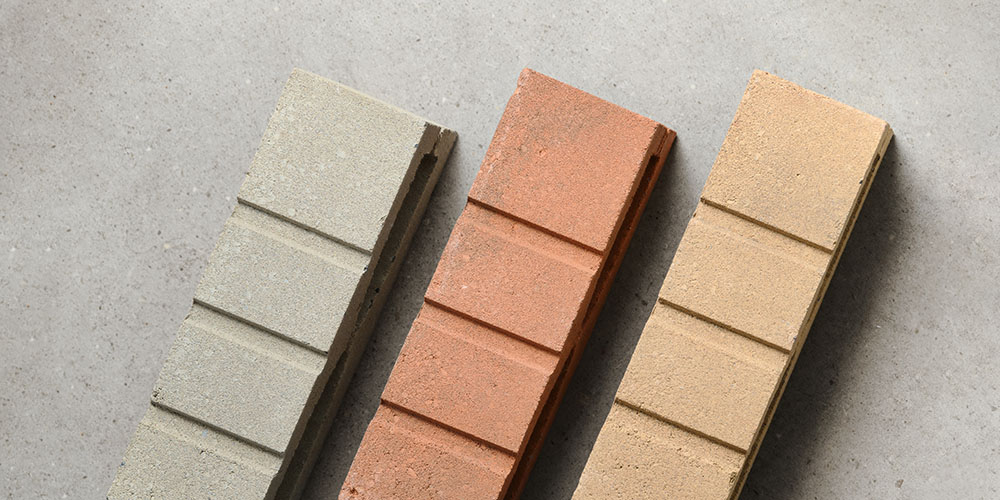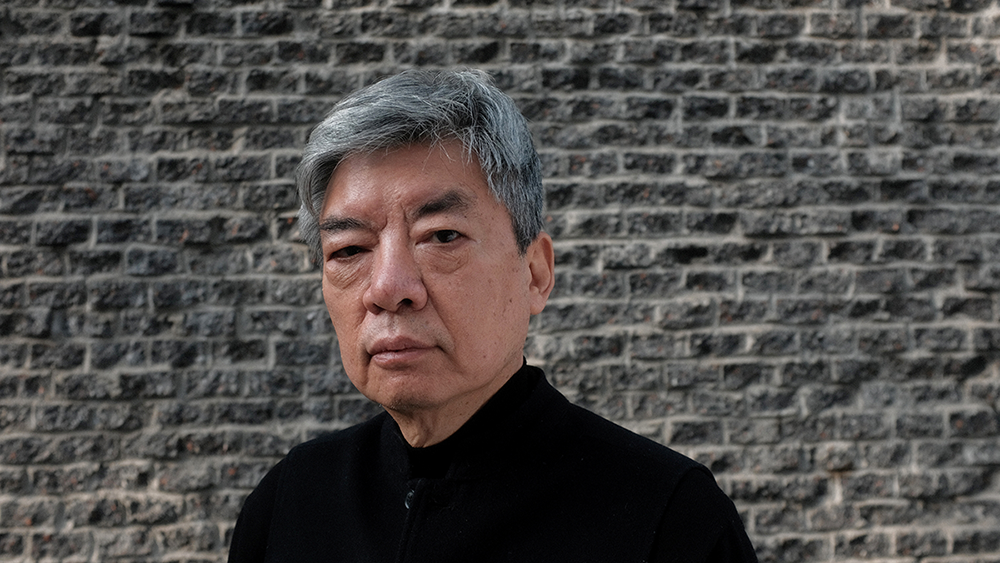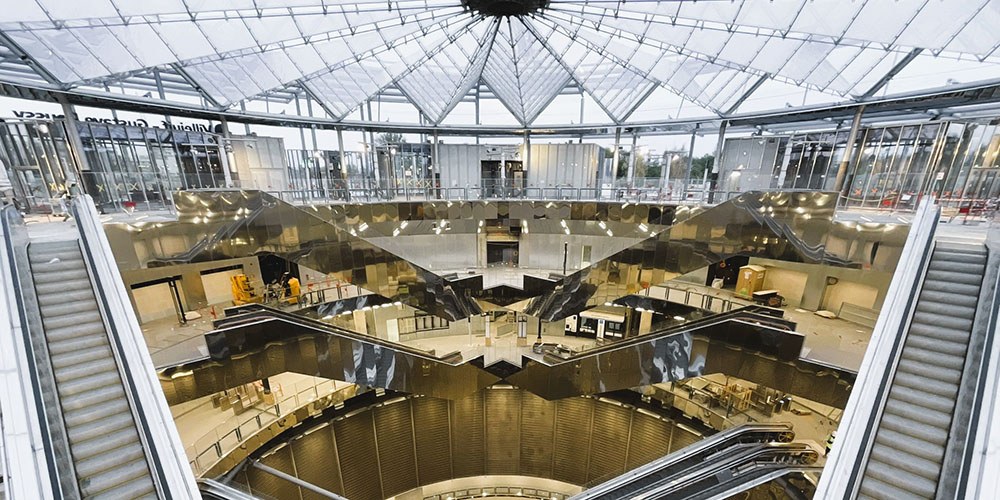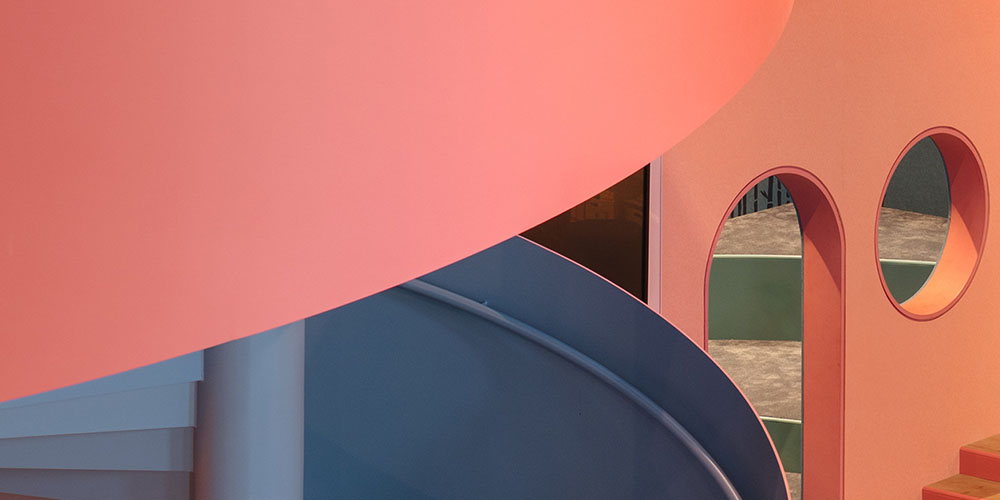After a closure lasting 12 years and following major restoration by Studiomas Architetti and Heinz Tesar, the Bailo Museum re-opened to the public.
With a short walk of ten minutes from the main square of Treviso, the museum is located near to the 16th-century town walls in the historic district of Borgo Cavour. This fascinating new museum offer a twentieth century art collection of immense value. It rise within an old factory building – the former convent of the Discalced until 1866.
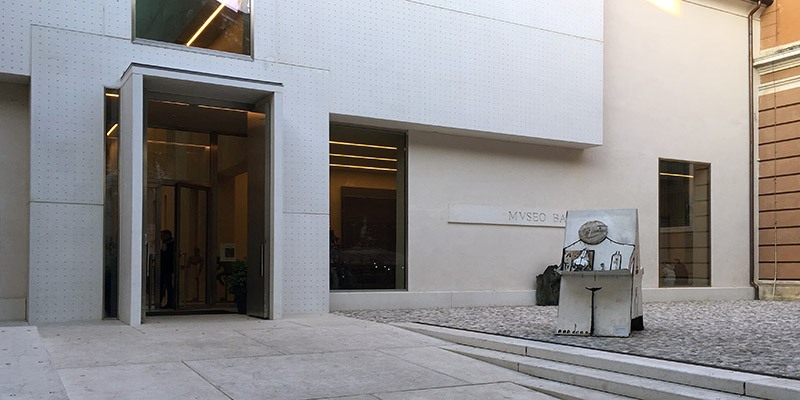
Studiomas Architetti project add a new frontage to the historic building, which was bomb-damaged during the second world war. Behind the cruciform façade an extension made from white concrete was slotted into a narrow inner courtyard. It forms the museum’s new arcade and hosts entrance and ticket hall, but is also used as an exhibition space and conference hall.
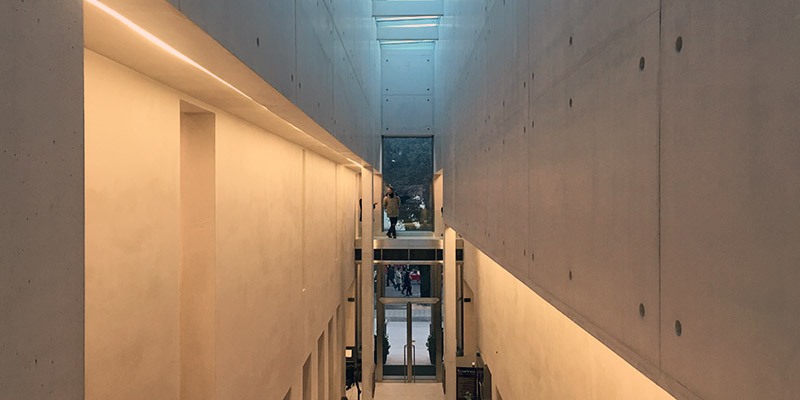
A skylight runs the length of the entrance main corridor, helping to bring natural light into the building.
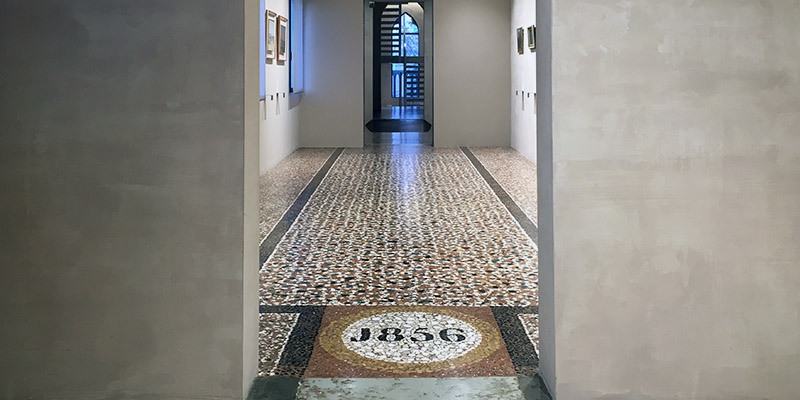
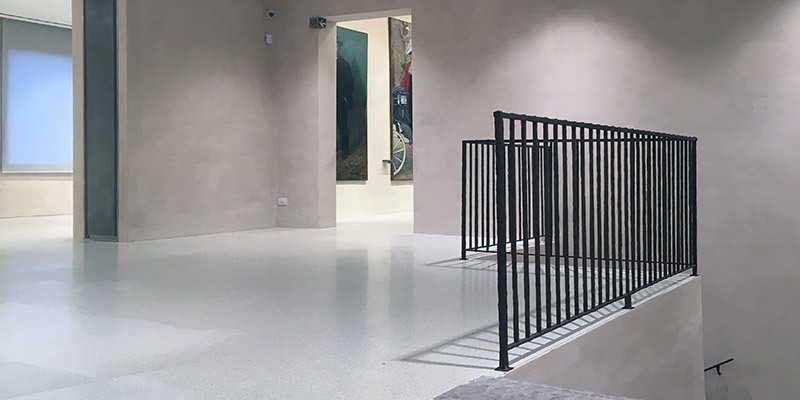
The museum walls are covered in sand-coloured stucco and the floors are made of terrazzo, Carrara marble and white cement – a reference to the finish used on the building’s outer walls. From one of the main windows is possible to admire a sculpture of Biblical figures Adam and Eve, by Arturo Martini, displayed into the cloister.
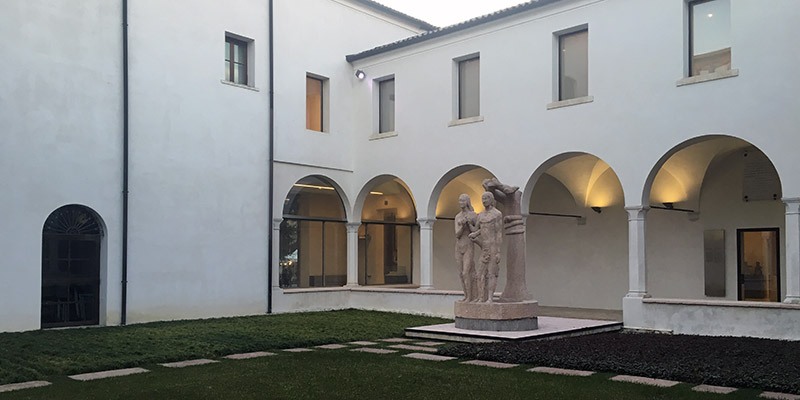
The main theme of the exhibition is the collection of works by the Treviso-born artist Arturo Martini, one of the greatest Italian sculptor of the twentieth century. The Bailo Museum offers over 130 works by the artist the most sizeable collection in existence.
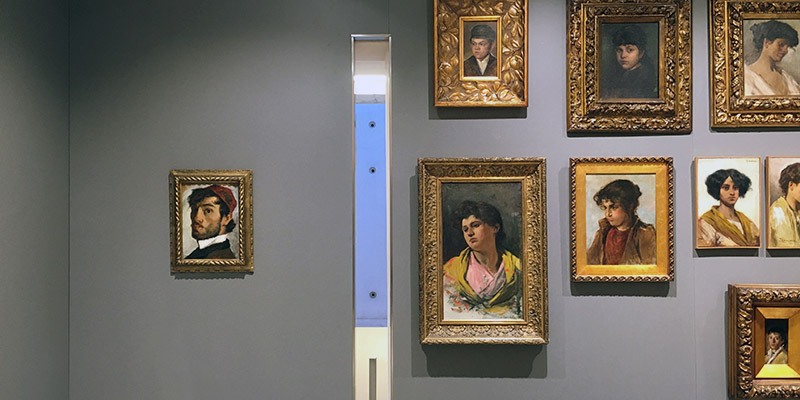
The layout is even home of more than 350 works from the rich civic collections. It appears as a narrative flow developing chronologically to offer visitors a series of surprising and unexpected juxtapositions: late nineteenth-century portraits and landscapes, the pivotal figure of Arturo Martini and artists who revolved around him, numerous drawings and many artists who contributed to create a lively cultural climate during the two World Wars.
Everything has been designed to show each artwork in a perfect way and in harmony with the surrounding space.
Transparency, openness to the exterior, dialogue between the empty spaces of the cloister`s arches and the fullness of the sculptures, interaction with light are the inspiring drivers of this innovative architectural refurbishment.
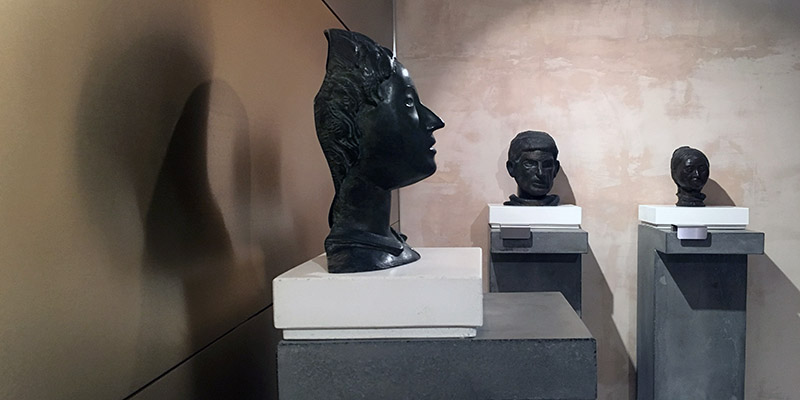
Thanks to the wide and luminous windows Bailo Museum stands in perfect dialogue with Treviso, giving an even greater impetus to the rich cultural life of the city.
Bailo Museum is worth a visit!

